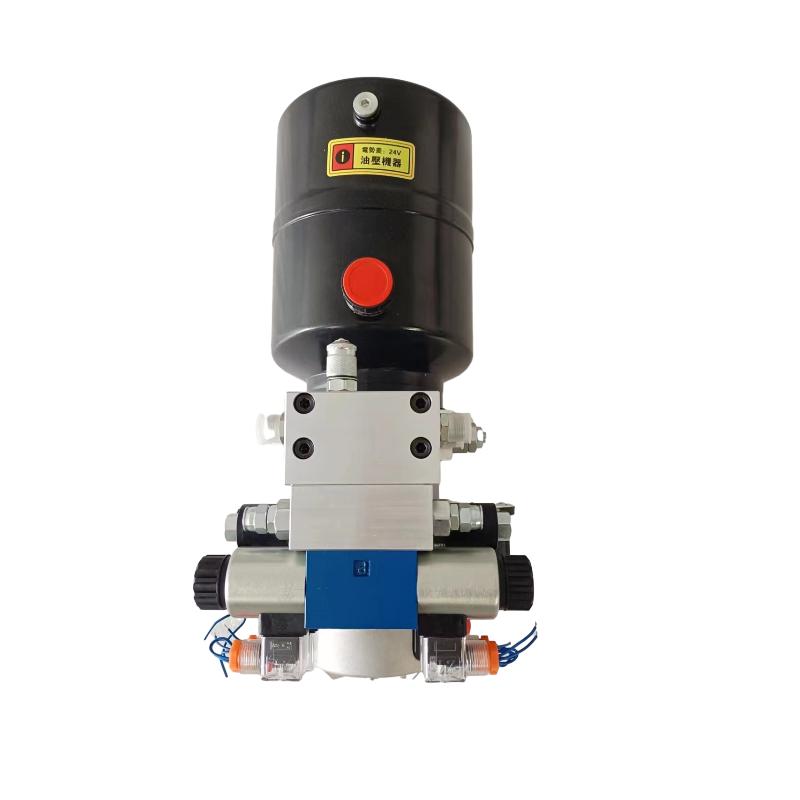apr . 15, 2024 11:16 Back to list
what is the difference between a single-acting and double-acting pneumatic cylinder?
The main difference between single and double-acting pneumatic cylinders is that single-acting cylinders feature one port and double-acting cylinders feature two. This, in turn, impacts their functionality within your system.
WHAT IS A SINGLE-ACTING PNEUMATIC CYLINDER?
A single-acting pneumatic cylinder has one port, which allows compressed air to enter and for the rod to move in one direction only. The high pressure of the compressed air causes the rod to extend as the cylinder chamber continues to fill. When the compressed air leaves the cylinder through the same port the rod is returned to its original position.
Most commonly, the rod returns to its original positioning due to an internal spring. As the pressure lessens, the spring simply pulls the rod back. There are other options with returning the rod in a single-acting cylinder back to its default position. These are an external spring, the weight within the system or simply gravity.
single acting hydraulic cylinder
WHAT IS A DOUBLE-ACTING PNEUMATIC CYLINDER?
A double-acting pneumatic cylinder has two ports that control the movement of the rod. The compressed air causes the rod to move in two directions by extending and retracting without the assistance of a spring. This type of pneumatic cylinder is essential for any applications that need control of movement in two directions.
SINGLE AND DOUBLE-ACTING CYLINDERS FROM API PNEUMATIC UK
At API Pneumatic UK, we have a selection of both single and double-acting pneumatic cylinders. Once you understand the difference between single-acting and double-acting pneumatic cylinders, and we know what type of air control you require, we can make a cylinder recommendation based on this information.
OUR RANGE OF PNEUMATIC CYLINDERS INCLUDE:
- Cartridge cylinders: API cartridge cylinders come as single-acting.
- ISO cylinders: Our ISO 6432 cylinders are available as both single and double-acting, whereas ISO 15552 cylinders are only double-acting.
- Short stroke cylinders: Our range of short stroke cylinders come as either single or double-acting.
- Compact cylinders: We have a selection of both single and double-acting compact cylinders.
- Rotary actuators: This series of cylinders comes only in double-acting.
- Rodless cylinders: Our rodless cylinders are only available as double-acting.
- Roundline cylinders: This series of cylinders is only double acting.
Other elements to consider for your cylinder requirements is the bore size and stroke length that you require. We will take into consideration the size of your application and if, for example, a heavy-duty cylinder is required.
TALK TO THE API TEAM
For help and guidance with your pneumatic cylinder selection, contact our technical team today. We are more than happy to advise you on the most suitable cylinder for your requirements. Call 01782 206 995 or email 871589789@qq.com
-
Efficient Pallet Truck Power Units - Reliable Hydraulic Systems
NewsAug.25,2025
-
Premium Set of 50/60-45-290 471 Parts | High Performance
NewsAug.24,2025
-
Efficient & Reliable Double Acting Power Unit | Hydraulic Solutions
NewsAug.23,2025
-
1.5 Ton Turbocharged Cylinder 80/95-40/60-35-124 | High Performance
NewsAug.22,2025
-
High-Performance Fork Lift Hydraulic Power Units
NewsAug.21,2025
-
High-Quality Set of 50/60-45-290 471 - Precision Parts
NewsAug.19,2025

